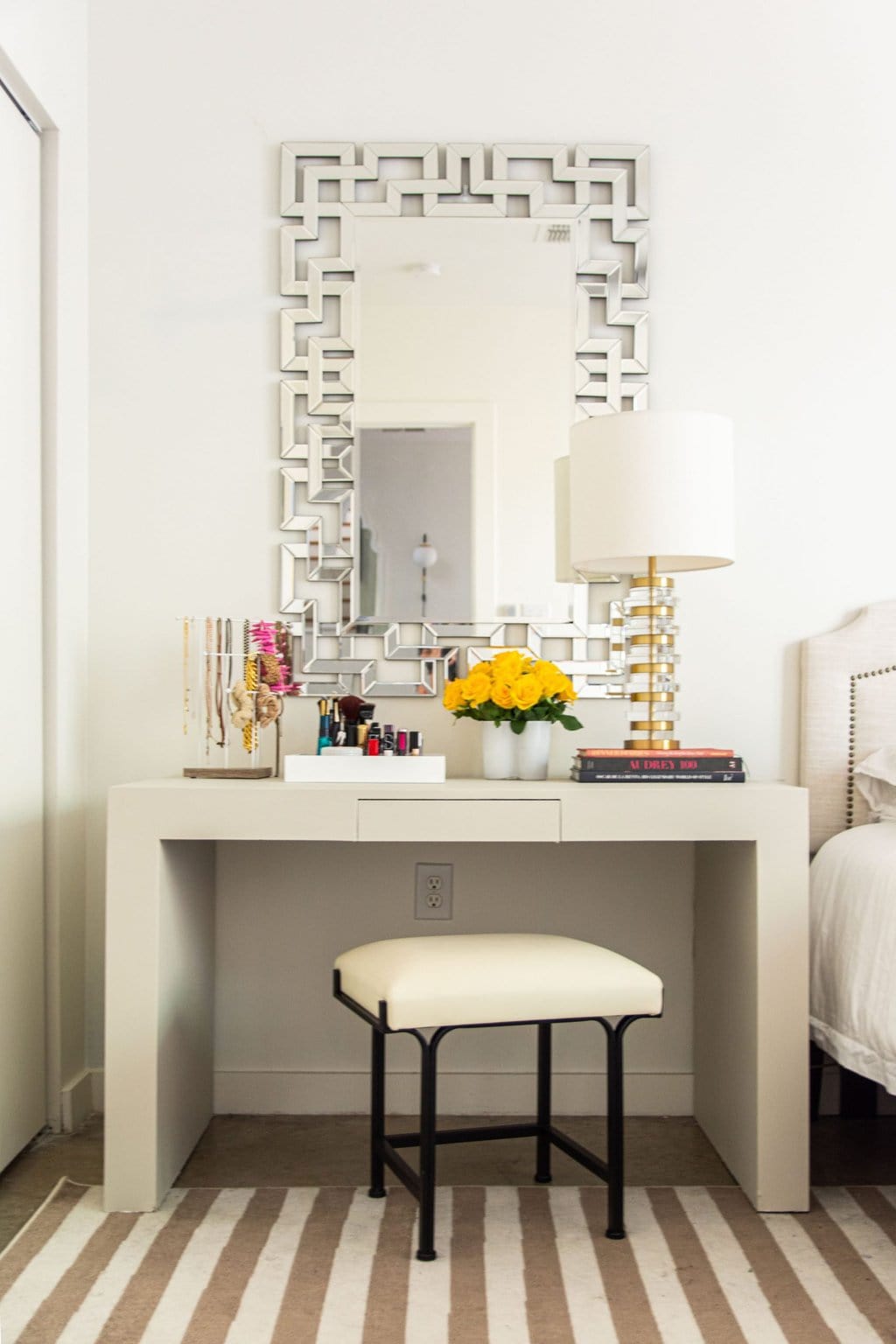Primer is a preparatory layer, which is applied prior to painting, to create a solid surface. It is usually thick and acts as a bonding agent between the surface and the paint, creating a smooth and even base. Using a primer provides numerous benefits, including:

1. Better Paint Adhesion
One of the main reasons to use primer before painting is to improve the paint's adhesion to the surface. If you're painting a slick or glossy surface such as metal, plastic or glass, the paint might not adhere well, leading to unsightly cracks or peeling. A primer can help the paint grip onto the surface more easily, ensuring the final finish is smooth and long-lasting.
2. Conceals Stains and Flaws
Primer can also help conceal stubborn stains, marks and blemishes on the walls. It covers up any imperfections or discoloration that may ruin the final look of the paint job. When painting over a darker or uneven surface, primer can help brighten the color and make it appear more vibrant.
3. Cost-Effective
In the long run, using a primer before painting can save you money. A quality primer can help extend the life of your paint job, ultimately reducing your need for frequent repainting. Generally speaking, two coats of paint alone can't match the surface coverage and longevity of a single primed coat and one topcoat.
In contrast, opting for an extra coat of paint instead of primer might result in the following disadvantages:
1. Higher Costs
The cost of adding an extra coat of paint would likely outweigh the cost of using primer, meaning you'll have to spend more on paint to achieve the same smooth and even finish.
2. Time-Consuming
Adding an extra layer of paint takes up more time as it will have to dry entirely before applying the next coat. On the other hand, using primer reduces the waiting time since it dries faster than paint.
3. Uneven Coverage
Without primer, the second coat of paint might not adhere evenly to the surface, leading to a lumpy, unappealing finish.
In conclusion, while it may seem easier to add another layer of paint on your wall, using primer can offer several benefits, such as better adhesion, concealing of blemishes and stains, and saving you money in the long-term. By using primer before painting, you'll create an even, long-lasting finish that will surely make your home look much better. Don't overlook using a good-quality primer when you're planning to paint your home. Good luck with your house paint primer project!